In September 2019, we embarked on a 38 km adventure over four days trail on Vancouver Island’s Juan de Fuca Provincial Park, located on the west coast of Canada. The journey was filled with several challenges, including hundreds of ascents and descents, amazing bridges, breathtaking beaches, creeks, caves, sleeping on the beach during a storm, running into a cougar at night, jumping in fresh bear poo, and much more.
If you’re an avid hiker and love exploring new trails, then you’re in the right place. We’re here to share with you our recent adventure on the Juan de Fuca Trail. But this isn’t just a simple 4-day backpacking trip guide. We want to share with you our learnings, both during the planning stage and during the hike. We know how important it is to have all the necessary information before embarking on a journey like this,we willg to give you all the details you need to know to make your own Juan de Fuca Trail adventure a success. So, buckle up and get ready to be inspired to hit the trails!

THE JUAN DE FUCA PROVINCIAL PARK
The Juan de Fuca Trail is a popular backpacking destination on Vancouver Island, British Columbia, Canada. The trail is known for its stunning coastal scenery, challenging terrain, and diverse wildlife. This 47 km trail stretches from China Beach to Botanical Beach and takes hikers through dense forests, rugged coastline, and rocky terrain. The trail is typically completed over four days and offers a unique and unforgettable experience for those who brave the challenge.
With its close proximity to the coast, the trail provides breathtakisea viewssea for almost its entire length. However, it is important to note that the park can only be accessed by sea via frry, by air transport from Vancouver.
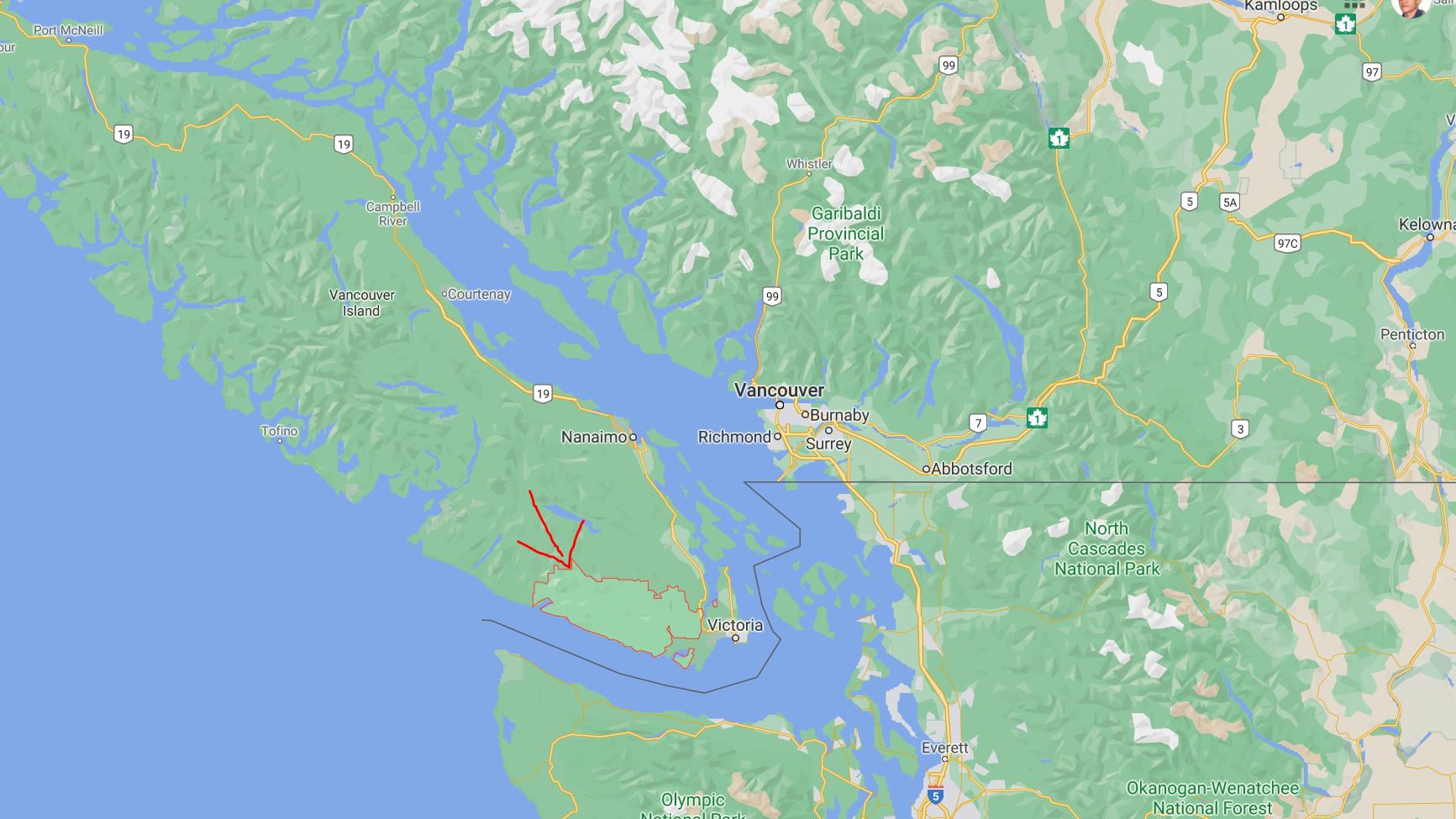
The trail is classified into three categories by the park info: moderate, difficult, and the most difficul. Following these classifications is crucial as they are very fair and reflect trial’s difficulty.
OUR PLANNING
It is recommended to plan your trip well in advance and to stay informed about the weather. The trail is best enjoyed during the summer months, but even then, the weather can change rapidly. We began our planning approximately eight months before the scheduled date. We researched more about the place, followed the weather, bought and reviewed our equipment. Proper gear, including good boots, trekking poles, and comfortable backpacks, is essential. Keep in mind that there are no trash cans in the park, so it is important to pack out all trash and leave no trace.
The park’s website provides information on campsites, water sources, and trail conditions, making it easy to plan your trip. It is important to consider the weather conditions during the time of year you plan to hike, as well as the tides, which can affect trail accessibility. Reservations for campsites should be made in advance, as the park only allows a limited number of hikers on the trail each day.
ROUTE AND ITINERARY
As we were planning our trip on the Juan de Fuca Trail, we encounter an unexpected surprise: a bear had taken up residence on a section of the trail, causing authorities to close it off to hikers. We were pleased by the Canadian response to this situation – rather than force the bear out of its habitat, they simply closed off the area and let the bear be. This just added to the adventure! With this obstacle in mind, we had to rethink our route and decide whether to start from km zero or km 37. Ultimately, we decided to do the most challenging section of the trail first, while we still had plenty of energy and motivation. We figured it was best to save the easier sections for the end, when we will likely be more tired and in need of a break. So, our route was planned as below:

We initially planned five days of trails with four campsites, but ended up skipping one day as we were too excited about the trail. So, it’s important to be flexible and adjust your plans accordingly.
One of the most challenging parts of our trip was the trail from Bear Beach to Chin Beach. We were constantly going up and down steep hills, crossing creeks, and fighting against the rugged terrain. However, we found that setting small goals helped us stay motivated. We agreed to walk 3 km without stopping and then rest for 15 minutes.
Finally, it’s important to be aware of the tides. Since the trail follows the coast, there are many parts that flood at high tide. It’s essential to plan your itinerary based on low tide times to avoid getting stuck in the forest or needing to call for help. Keep these tips in mind to ensure a successful and enjoyable hiking trip on the Juan de Fuca Trail.
FOOD AND WASTE PRODUCTION
Food and waste production were also important aspects of our planning. We had to program the food to sustain us, be light in weight, and produce little waste. We opted for dehydrated food, including dried tomatoes, corn, potatoes, peppers, onions, bananas, grapes, eggs, bacon, and meat. The menu turned out to be vegetables for dinner, meat with instant noodles, and breakfast consisting of oatmeal or tortilla with cheese and bacon. As we walked practically all day, there was no lunch, and during the day, we only had snacks to give us energy.

EQUIPMENT AND PACK WEIGH
Our equipment and the weight of our backpacks were also crucial. We assembled our backpacks several times before the journey, weighed them, and checked them in time to optimize them as best as possible. We both took a backpack of 65lt each, mine had 18 kg, and Nayara’s had 15 kg. We learned that we could have been lighter by changing some equipment, but that is part of the adventure and learning.
DAY 01 – FROM CHINA BEACH TO BEAR BEACH – 9KM TRAIL
The excitement of starting a new adventure is truly indescribable. After months of planning and anticipation, the big day had finally arrived.
There is something special about standing at the starting point of a trail, knowing that you are about to embark on a journey of self-discovery and exploration. As we looked at our photos at ground zero, we couldn’t help but feel a sense of accomplishment and pride for all the hard work we put into preparing for this moment. The crisp air, the sound of nature, and the anticipation of what’s ahead were all the ingredients for a perfect start to our hiking trip. We were clean, rested, and ready to hit the trails, eager to discover what the Juan de Fuca Provincial Park had in store for us.
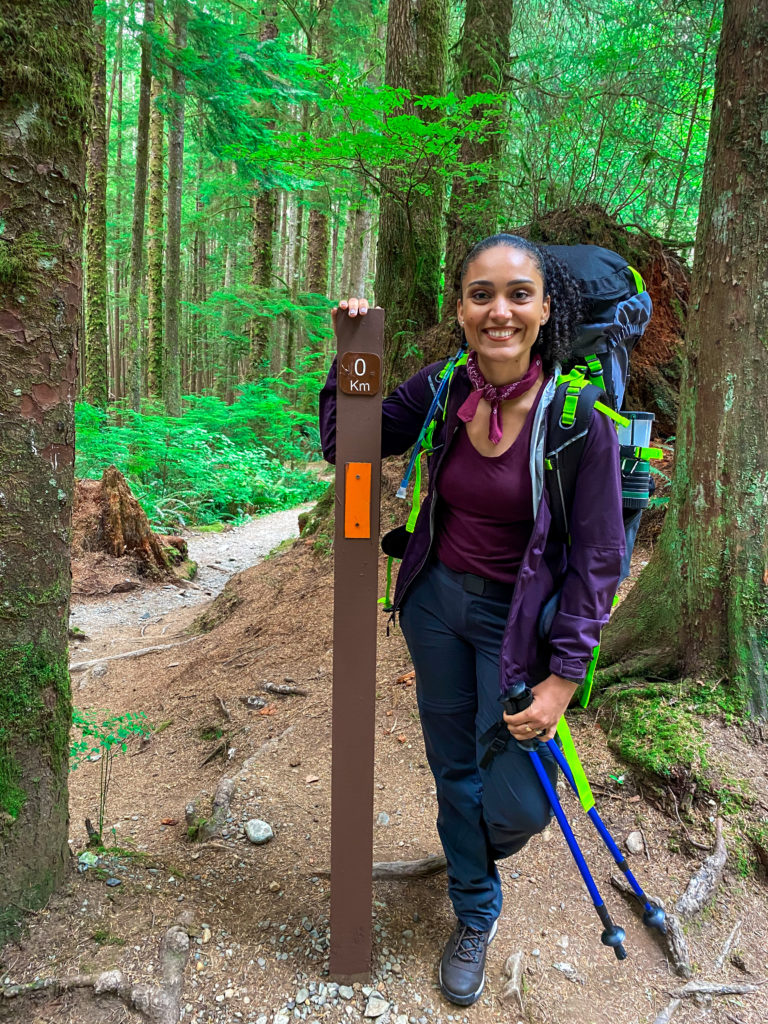

Day 1 trail was a moderate trail that was a mixture of up and down, aged stairs, along the coast and into the forest.


We arrived at Bear Beach ahead of schedule and were thrilled to set up camp and relax. We were happy to have followed our plan and made it to our first campsite with time to spare. We found a great spot and dry area, out of the tide marks. We also made sure to follow the park’s rules and regulations, only allowing a small campfire on the beach bellow the high tide mark. It was the perfect spot to rest and take in the natural beauty around us.

As we watched the sun dip below the horizon, painting the sky with shades of orange and yellow, we couldn’t help but feel grateful for this moment of peace and beauty beach. But as we prepared for the next day, we knew that the toughest part of the trail was yet to come. So, we took advantage of the opportunity to rest, recharge, and mentally prepare ourselves for the journey ahead. The next day would test our endurance, strength, and determination, but we were ready to face it head-on.
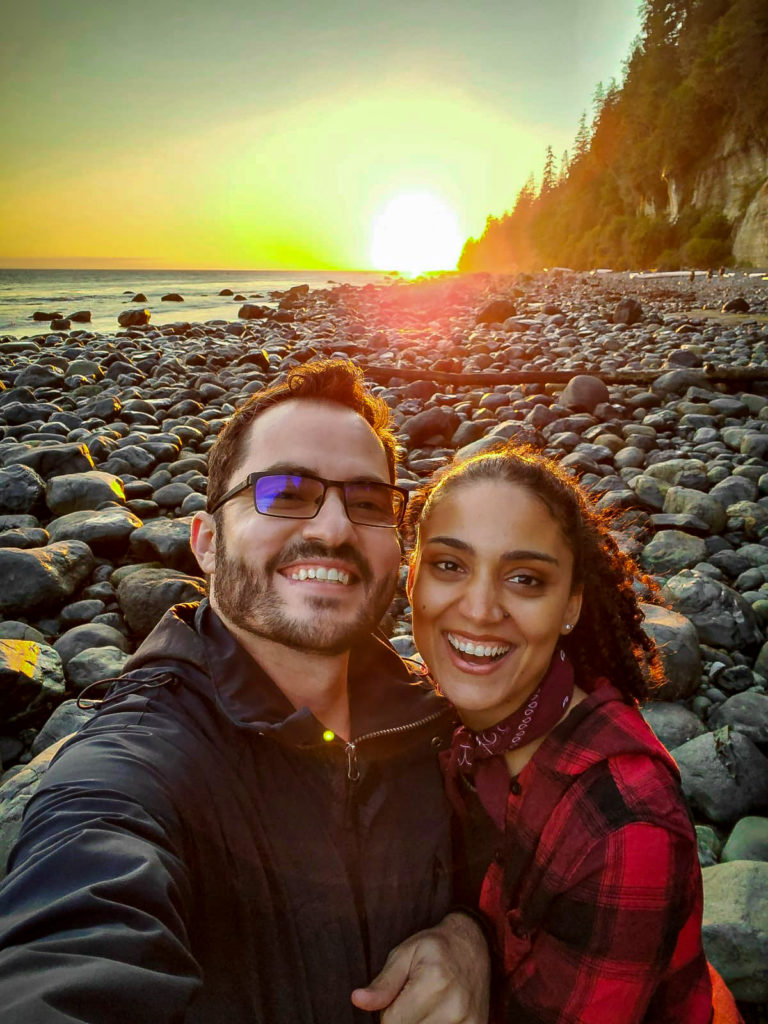
DAY 2 – FROM BEAR BEACH TO CHIN BEACH – 12KM TRAIL
Day 2 was the toughest trail on the Juan de Fuca Marine Trail, with a lot of mud, a lot of climbing and descending, including some with a rope. Trekking poles are not an optional item for this location, they are EXTREMELY necessary to avoid knee injuries and to balance in the mud parts. At each part of the coast, we had to go down everything we went up before to cross small creeks and water sources that flow into the sea. It’s very slippery and dangerous, we skated several times.




As we approached Chin Beach on Day 2, we had little break to see the emergency shelter high up on the shore. The wooden hut had a few bunk beds, but it is only allowed to be used in case of an emergency. It’s a reminder of the potential dangers of hiking in remote areas and the importance of being prepared for any situation.
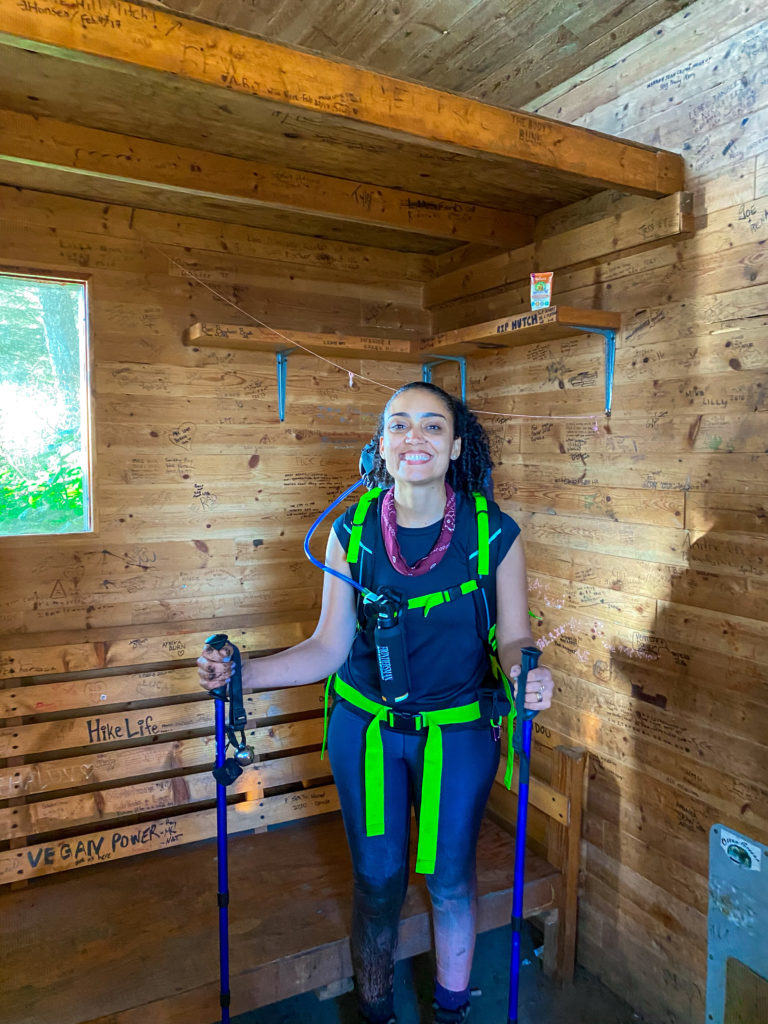
After a long and exhausting hike, arriving at the campsite is always a joyous moment. The feeling of relief is overwhelming, and all you want to do is rest. After hiking for more than seven hours on the second day, we were more than ready to set up camp, have a nice hot meal and go straight to bed. Even though we had eaten several snacks during the day, our bodies were craving something more substantial. Once dinner was finished, we were so tired that we didn’t even wait for it to get dark before crawling into our tent. A nice dose of whiskey and a full belly was the perfect way to end the day.

DAY 3 – FROM CHIN BEACH TO EAST SOMBRIO BEACH – 7KM TRAIL
With the most difficult part behind us, Day 3 brought a sense of relief as we tackled the 7 km trail with renewed energy. It was comforting to know that the upcoming trails were easier, allowing us to appreciate the scenery more.
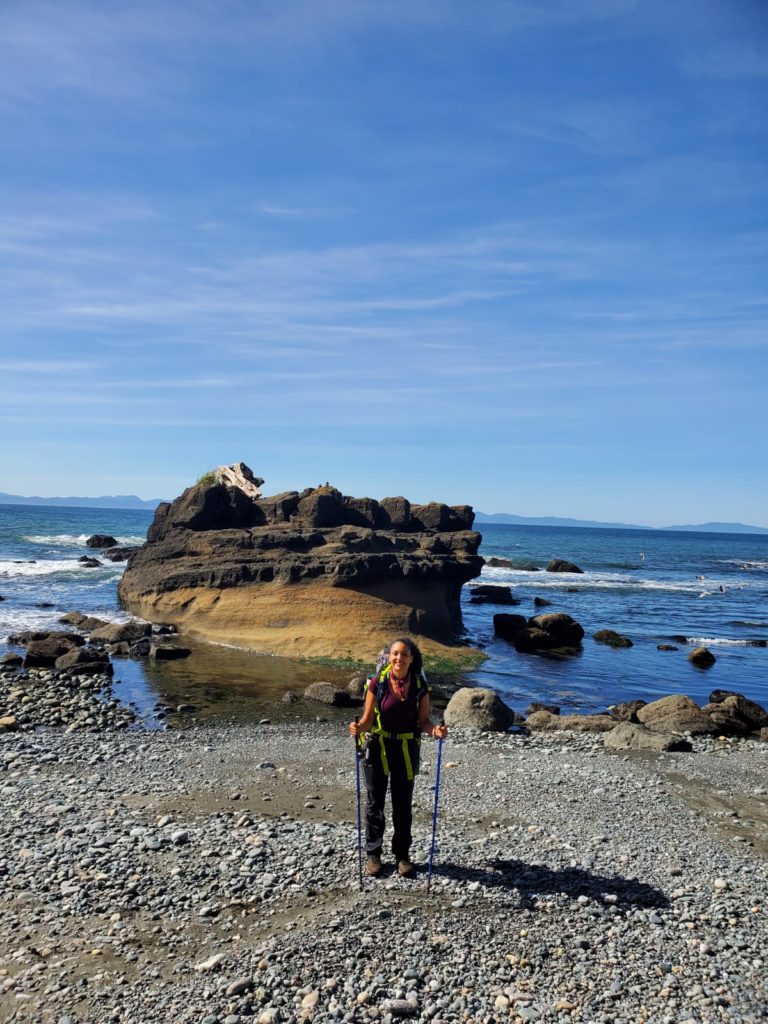
We followed the coast and even found bridges built in the flowing creeks. The journey was still challenging, but we were glad to have our trekking poles to balance in the mud parts.


We kept walking towards a beach that seemed so close but never arrived. But in the end, we made it, and the beauty of the beach and sunset made it all worthwhile.

The sky turned a brilliant orange, and we couldn’t help but stop and take in the stunning sight for hours. It’s moments like these that make hiking the Juan de Fuca Trail an unforgettable experience.

DAY 4 – FROM EAST SOMBRIO BEACH TO PARKINSON PARKING LOT – 10KM TRAIL
On Day 4, we were supposed to camp one more night at Little Kuitshe Creek, but our bodies were already used to the effort, and we were tired of eating trail food. So, we decided to cut out an extra day and follow the trail to where our car was, the Parkinson parking lot.




As we approached the end of our 4-day backpacking trip on the Juan de Fuca Trail, reaching the 37 km mark was a moment of pure joy and relief. We knew that we were almost at the end of our journey, but there was still one more kilometer to go until we reached the car at the Parkinson parking lot.
Despite the challenges we faced along the way, the sense of accomplishment we felt at the end was truly indescribable.


In conclusion, if you’re an experienced hiker looking for a new adventure, the Juan de Fuca Trail should definitely be on your bucket list. This trail offers a challenging yet rewarding experience, with stunning scenery and a unique sense of wilderness that is hard to find anywhere else. With proper planning, preparation, and respect for the environment, the Juan de Fuca Trail is a must-do for any outdoor enthusiast.
So, gather your gear, plan your route, and embark on an adventure of a lifetime on the Juan de Fuca Trail. You won’t regret it!

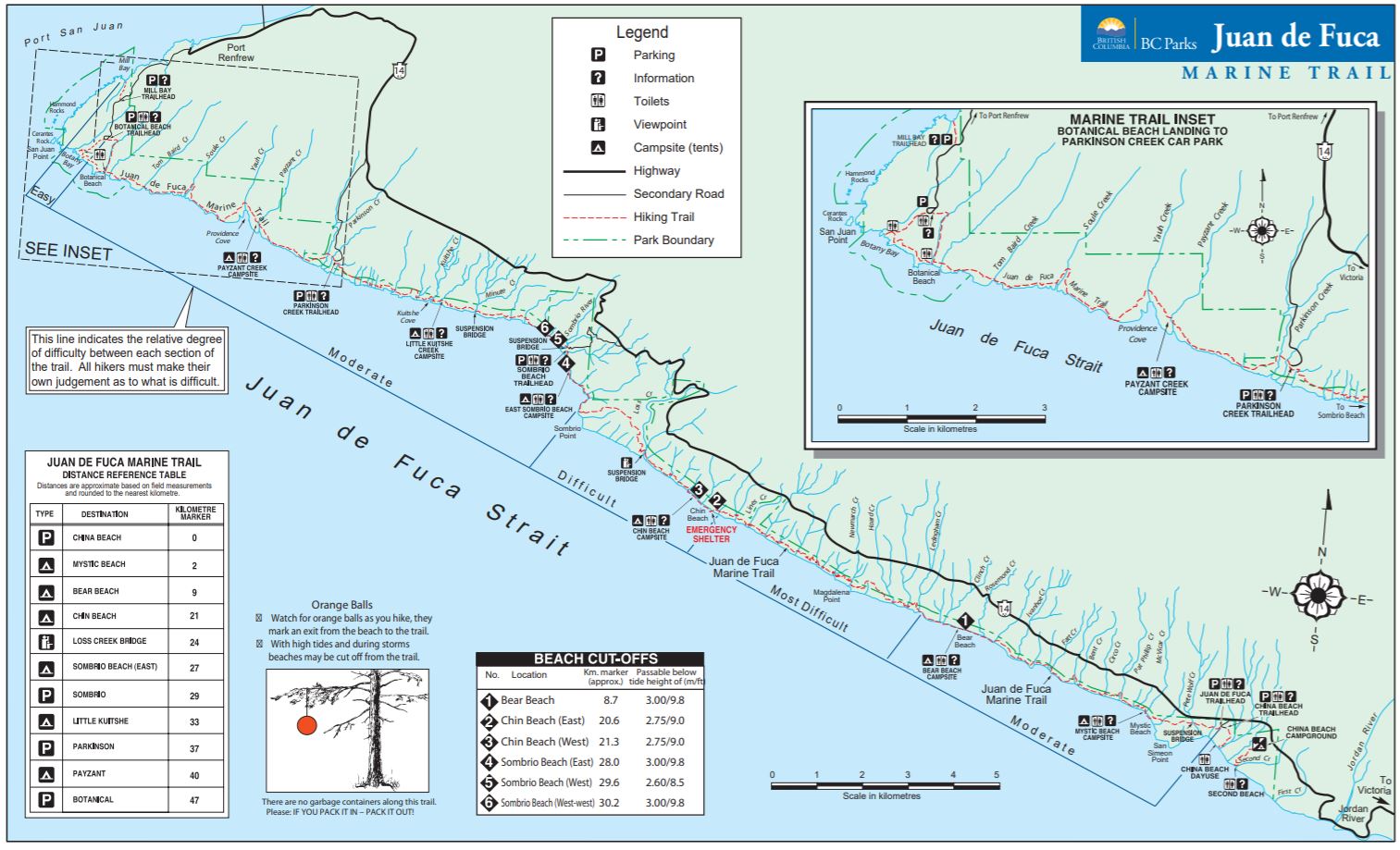



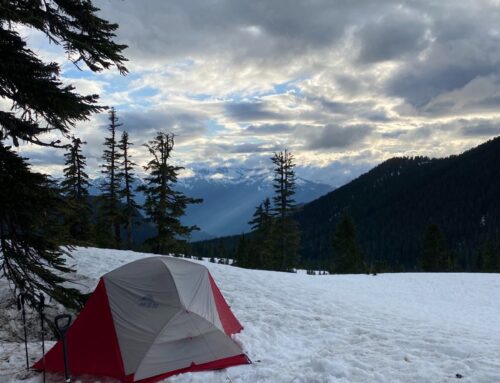
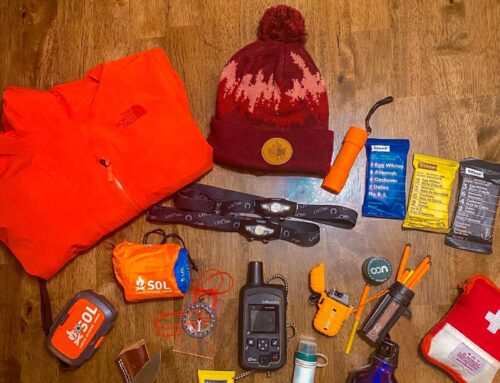
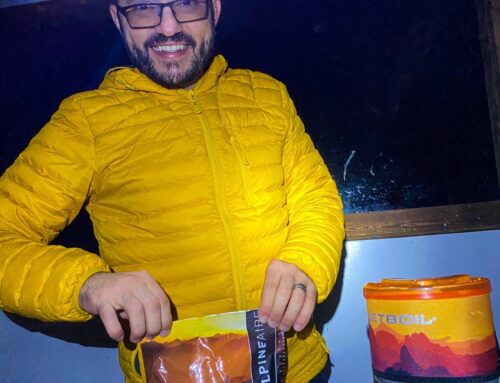
Leave A Comment